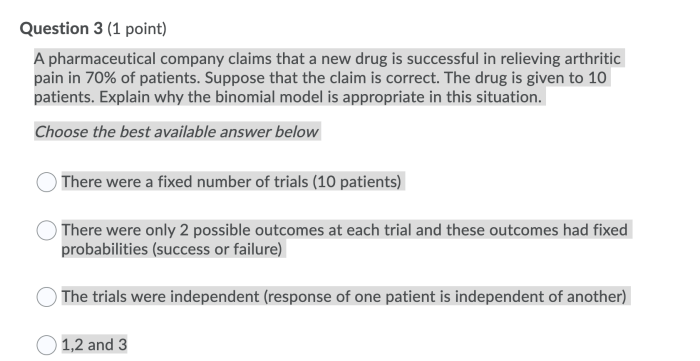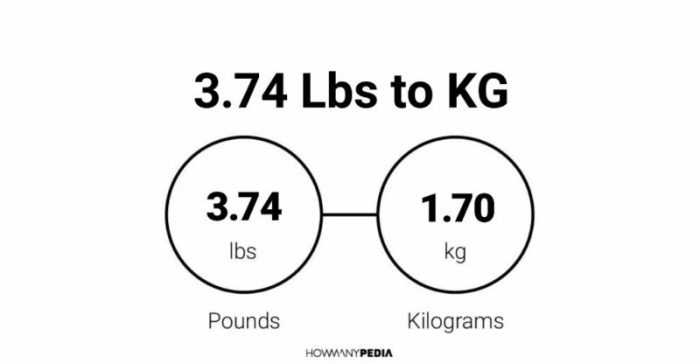Figurative Language in November by Alice Cary
“What type of figurative language is November by Alice Cary” sets the stage for this exploration, offering readers a glimpse into a poem rich in detail and brimming with originality. Alice Cary’s “November” is a poignant reflection on the changing seasons, capturing the essence of autumn’s melancholy and the anticipation of winter’s arrival.
Through a masterful use of figurative language, Cary paints vivid images that evoke a range of emotions and create a profound connection between the reader and the poem’s themes.
The poem delves into the essence of nature’s cycle, employing metaphors and similes to compare the season’s progression to human emotions. The reader is invited to witness the transformation of the natural world through Cary’s lens, experiencing the beauty of decay and the inevitability of change.
Through the use of personification, Cary imbues the natural world with human qualities, creating a sense of intimacy and connection between the reader and the environment. This technique allows Cary to explore the complexities of human emotions through the lens of nature’s cycle, ultimately offering a deeper understanding of both the natural and human realms.
Understanding “November” by Alice Cary

“November” by Alice Cary is a poignant poem that captures the essence of the month and its symbolic significance in the natural world and human life. Through vivid imagery and evocative language, Cary explores themes of change, loss, and the enduring spirit of nature.
The Central Theme of the Poem
The poem’s central theme revolves around the transition from autumn to winter. November, often associated with decay and decline, serves as a bridge between the vibrant colors of fall and the starkness of winter. Cary explores this transition through the lens of nature, highlighting the gradual withering of leaves, the fading of light, and the impending arrival of cold.
This natural cycle, however, is not portrayed as solely negative but rather as a necessary stage in the continuous cycle of life and death.
The Poet’s Tone and Mood, What type of figurative language is november by alice cary
Cary’s tone in “November” is contemplative and melancholic, reflecting the somber nature of the season. She uses words like “waning,” “faded,” and “desolate” to evoke a sense of loss and fading beauty. However, there is also a hint of acceptance and even resilience in her words, as she acknowledges the natural order of things and the inevitability of change.
The poem’s mood is one of quiet reflection and contemplation, inviting readers to pause and appreciate the beauty that remains even in the face of decline.
The Poem’s Structure
“November” is a sonnet, a poetic form consisting of 14 lines written in iambic pentameter, a rhythmic pattern of alternating unstressed and stressed syllables. The poem follows a traditional Shakespearean sonnet structure, with three quatrains (four-line stanzas) and a concluding couplet (two-line stanza).
The rhyme scheme is ABAB CDCD EFEF GG, creating a sense of balance and symmetry that reinforces the poem’s themes of order and natural cycles.
The poem’s structure contributes to its overall effect, creating a sense of calm and contemplation that reflects the quiet beauty of the season. The regular rhythm and rhyme scheme provide a sense of stability and order, while the use of imagery and figurative language creates a vivid and evocative portrait of November.
Final Conclusion: What Type Of Figurative Language Is November By Alice Cary
Through its masterful use of figurative language, “November” by Alice Cary transcends the boundaries of a simple nature poem. Cary weaves together imagery, metaphors, similes, and personification to create a tapestry of emotions and meanings that resonate deeply with the reader.
The poem invites us to contemplate the passage of time, the cycle of life and death, and the interconnectedness of nature and humanity. By delving into the poem’s rich use of figurative language, we gain a deeper appreciation for Cary’s artistry and the profound impact of her words.






